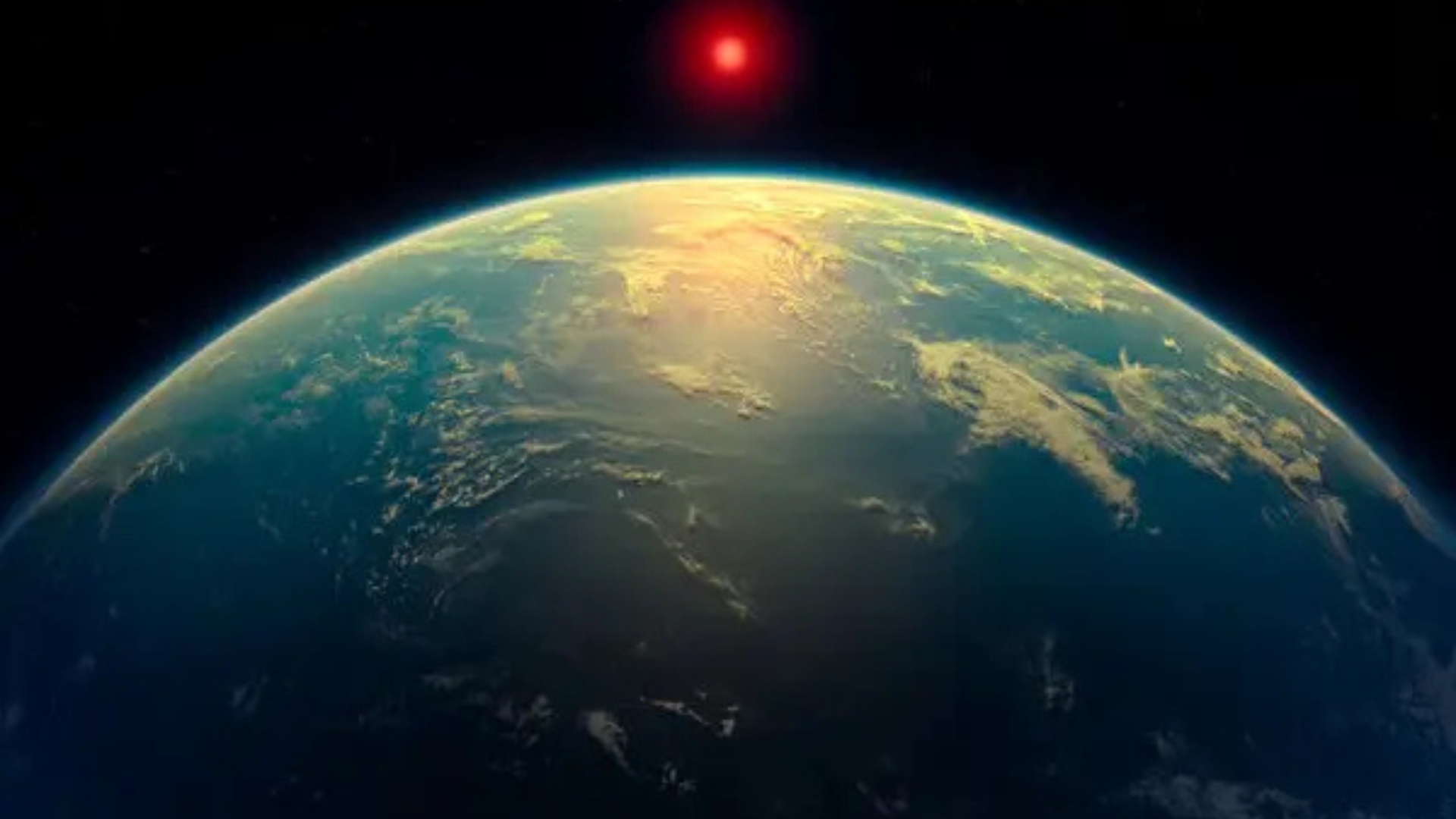Curiosity has long been piqued by the hunt for extraterrestrial life, and a recent finding may provide evidence of life on a far-off exoplanet. Astronomers have discovered a possible evidence of life on the planet K2-18b, which is 120 light-years away and lies in the constellation Leo.
Scientists have long studied the sub-Neptune planet K2-18b due to the possibility of seas beneath its atmosphere. A group of scientists led by Dr. Nikku Madhusudhan of the University of Cambridge recently detected strong indications of dimethyl sulfide in the planet’s atmosphere. On Earth, living organisms, especially marine algae, produce this molecule.
“We cannot claim we’ve found life yet, but these findings suggest that K2-18b could potentially harbor life,” Dr. Madhusudhan said. For the first time, scientists have found dimethyl sulfide on a potentially habitable planet outside our solar system.
Why Is K2-18b Unique?
In 2015, K2-18b was found with the Kepler Space Telescope. Being a sub-Neptune, it is bigger than Earth but smaller than gas giants like Neptune. For scientists looking for planets with oceans—which are essential to supporting life as we know it—this makes it a perfect candidate.
In 2021, Dr. Madhusudhan and his colleagues coined the term “Hycean” to describe planets like K2-18b, which likely have warm oceans and hydrogen-rich atmospheres. With the launch of the James Webb Space Telescope, astronomers can now examine exoplanets like K2-18b in greater detail.
What Are the Outcomes?
The discovery of dimethyl sulfide on K2-18b suggests the presence of life under its oceans. Although the signs are very encouraging, scientists caution that they need to conduct more studies. The abundance of dimethyl sulfide in K2-18b’s atmosphere is hundreds of times greater than that on Earth, suggesting a substantial source of the chemical and maybe a sign of alien life.
However, scientists emphasize that further research is required before making any judgments. The planet may become uninhabitable due to extreme heat and a thick atmosphere that is rich in hydrogen. Future data collection from the James Webb Space Telescope will help scientists better understand K2-18b’s atmosphere and determine its habitability.
To sum up
Even while this result does not yet give confirmation that life exists on K2-18b, it does open the path for additional inquiry. The discovery of dimethyl sulfide on a distant planet suggests that there are other organisms in the cosmos than humans. As scientists continue to study the planet, the possibility of finding alien life is growing.
Source: The New York Times
